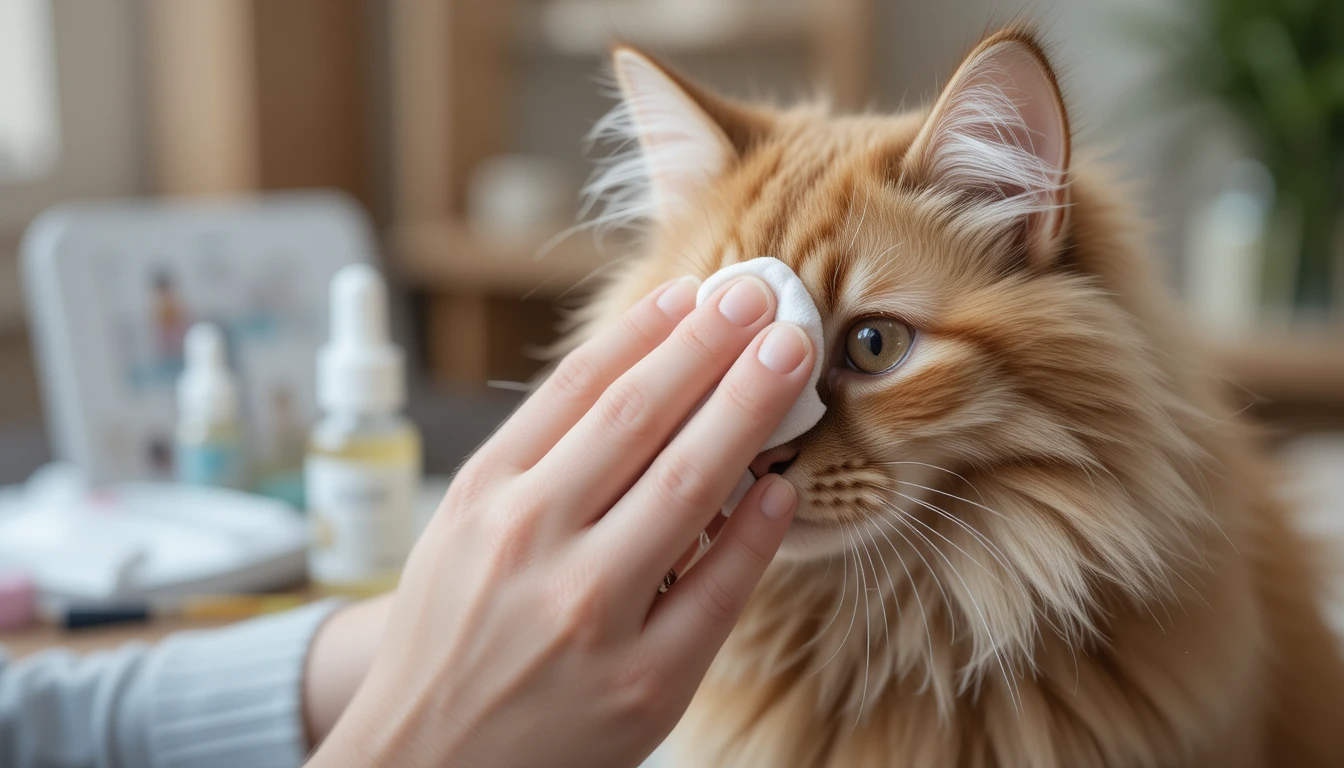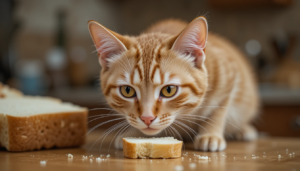Understanding Cat Eye Boogers: Causes, Care, and Comfort
Your cat’s eyes are full of personality—wide, curious, and full of charm. So when you suddenly notice gooey discharge or “eye boogers” clouding that sparkle, it can be pretty unsettling. What happened? Why now? And most importantly—how can you help?
The good news is: most causes of feline eye discharge are treatable, especially when caught early. But first, let’s decode what’s going on behind those watery eyes.
What Are Cat Eye Boogers?
“Eye boogers” is just a casual term for any type of discharge coming from your cat’s eyes. This can include:
- Tear stains
- Crusty buildup in the corners
- Clear, yellow, green, or even bloody mucus
Under normal conditions, a cat’s eye produces tears to protect and clean itself—like windshield wipers for dust or tiny irritants. But when something’s wrong, that tear production ramps up, often accompanied by other immune responses like inflammation or pus. The result? Gunky buildup that signals a problem.
Why Is My Cat’s Third Eyelid Visible?
If your cat’s third eyelid (the whitish membrane in the inner corner of the eye) suddenly becomes visible, it’s usually a sign of discomfort or eye irritation. This can be linked to infections, injuries, or underlying illness—and it’s a clear sign that a vet visit is necessary.
Common Reasons Cats Get Eye Boogers
1. Eye Infections
Infections are the most frequent cause, especially in kittens or cats with weakened immune systems. The main culprit? Feline herpesvirus (FHV-1), along with calicivirus and certain bacteria. Signs include:
- Red, swollen eyes
- Watery or pus-like discharge
- Squinting or holding eyes shut
Usually, both eyes are affected. These infections are uncomfortable and need prompt veterinary treatment.
2. Allergies
Seasonal allergies or environmental irritants like dust, mold, or cleaning products can trigger excess tearing and discharge. If your cat’s eyes look itchy, swollen, or constantly teary, allergies may be to blame. This usually affects both eyes and may come and go with seasons or home conditions.
3. Foreign Objects
A speck of dirt, grass, or even a broken whisker can irritate your cat’s eye and trigger heavy tearing. Most cats will squint or keep the affected eye shut. You may even hear them vocalize from discomfort. Typically, only one eye is affected.
4. Anatomical Issues
Some cats are born with eye structure problems like:
- Entropion (inward-rolling eyelids that cause eyelashes to scratch the eye)
- Eyelid agenesis (underdeveloped eyelids that don’t close properly)
These conditions often cause long-term discharge and usually require surgery to correct.
5. Breed-Specific Traits
Certain breeds like Persians and Scottish Folds are more prone to eye problems due to their flat faces and shallow eye sockets. Tear ducts may not drain well, causing chronic staining and discharge. Their bulging eyes are also more exposed to injury and irritation.
What’s Normal vs. What’s Not?
A little crust in the corners? Totally normal. But persistent discharge, especially if it’s:
- Yellow, green, or white
- Accompanied by redness, squinting, or swelling
- Present throughout the day
…isn’t normal and needs veterinary attention.
When Should You Call the Vet?
Always err on the side of caution when it comes to your cat’s eyes. Eye issues can escalate quickly and may lead to permanent damage or vision loss if left untreated. Signs it’s time to book a vet appointment:
- Sudden or excessive eye discharge
- Squinting or rubbing at the eyes
- Visible third eyelid
- Swelling or color changes in the eye
Early treatment = faster healing and less discomfort for your furry friend.
At-Home Support (After Seeing a Vet)
While home remedies can’t replace professional care, you can support your cat’s healing journey with gentle care after diagnosis:
Clean Gently
Use a warm, damp cloth to softly wipe away crusts around the eyes. Don’t force your cat’s eye open—be gentle and patient.
Use Vet-Approved Eye Wash
Artificial tears or saline can help flush out debris—only use these if your vet approves.
Protect the Eyes
If your cat is rubbing its face or scratching at the eye, use an E-collar to prevent further injury.
Reduce Stress
Give lots of love and rewards during treatment. Use calming pheromone diffusers and stick to routines to keep your cat comfortable.
Can You Prevent Cat Eye Boogers?
You can’t prevent everything, but these tips go a long way:
- Groom regularly – Especially for long-haired breeds
- Stay up to date on vaccines – Including FHV-1 and Calicivirus
- Keep the home allergen-free – Use pet-safe cleaners, air purifiers, and dust often
- Watch for early signs – Don’t ignore small changes in eye appearance or behavior
- Routine vet check-ups – Annual exams help catch problems early
Final Thoughts
Your cat’s eyes aren’t just cute—they’re key indicators of health. While a bit of eye discharge might not seem serious at first, it often points to something deeper. Whether it’s an infection, an allergy, or an injury, the sooner you get help, the better the outcome.
With proper care and love, your cat’s enchanting gaze will be back in no time—bright, curious, and free of gunk.
Important Reminder:
If your cat is showing signs of illness, call your veterinarian right away. Only your vet can diagnose and treat medical conditions based on your pet’s specific health needs.




